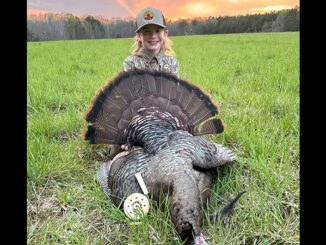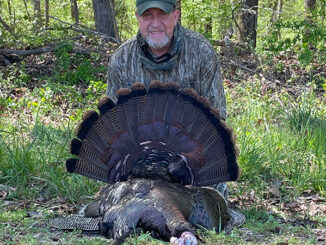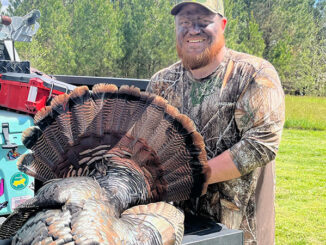Have High Rock’s rocks, aka rockfish, gone MIA?
(Photo by Craig Holt)
Where have all the rockfish, aka striped bass, that used to swim in High Rock

Eight-year-old Wyatt “Hawk” Flinchum harvested his first ever turkey on April 8, 2024 during an evening hunt in Stokes County, NC. […]

Roger Rumley killed this 20-pound turkey on April 13, 2024 in Guilford County, NC. The gobbler had an 11 1/4-inch beard. […]

Dustin Richardson won first place in the 1st Annual Carson Minor Turkey Hunt, held in Browns Summit, NC on April 13, 2024. […]

Copyright 1999 - 2024 Carolina Sportsman, Inc. All rights reserved.
Be the first to comment